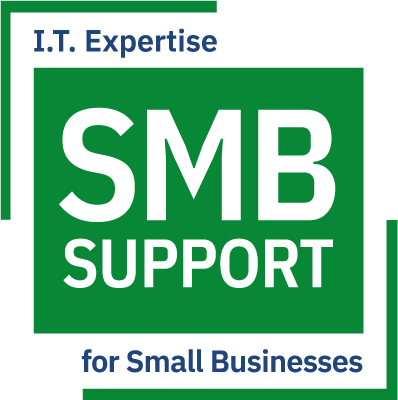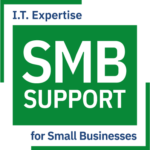60 Second Rundown…
- Who is working from home? Remote work is popular among knowledge workers–both young and those close to retirement.
- Shifting to a Remote Business: Work with stakeholders to outline a work-from-anywhere strategy that fits your business.
- Outlining Policies and Guidelines: Employees need clear instructions that become habits over time.
- Holding Regular Meetings: Maintain consistent communication with regular meetings via video conferencing.
- Finding the Right Toolkit: To work remotely, you need software solutions tailored for a small business–not a one-size-fits-all approach.

Remote work is on the rise. Over the past 15 years, it has grown 11x faster than the rest of the workforce. Then, the coronavirus pandemic brought an urgent need for work-from-home options. Even though over half the US labor force already worked remotely in some capacity, some businesses are finding it difficult to make the shift.
Who is Working from Home?
Knowledge workers thrive in a remote office environment. Today’s job seekers want greater work-life balance, independence, and self-management. Flexible working conditions tend to attract new applicants and foster creativity, productivity, and morale.
As the workforce gets younger, distance labor gets more popular. Remote working is most common among millennials. A whopping 70 percent of 18 to 34 year-olds say they regularly take advantage of work-from-anywhere policies. Interestingly, distance labor also increases as employees near retirement. Working from home can prolong the careers of older adults.
Shifting to a Remote Business
When it comes to work-from-home policies, every organization is different. Distance labor is not possible in some industries (i.e., food service). However, executives and managers can do much of their work from home. So, what are the concrete steps you can take in shifting to remote work?
1. Outline Policies and Guidelines
Clear guidelines are essential for a functional work-from-anywhere plan. Employees need consistent, easy-to-follow instructions for setting up and maintaining a home office. Ideally, the policies will become habits over time. Keep in mind, remote work isn’t right for every employee. Procedures should support a healthy balance between work and personal life.
2. Hold Regular Meetings
Communication is key. Schedule virtual meetings on a recurring day and time. Daily stand-ups give the team a chance to report progress and obstacles. Monthly staff meetings keep everyone in the loop.
3. Find the Right Toolkit
Software solutions can make or break your remote office experience. Task management, video conferencing, and work chat all play a significant role in streamlining your workflow. You can collaborate on documents with cloud computing, and schedule virtual meetings on a shared system. Remote technology is not one-size-fits-all. Small businesses don’t have the same requirements as large corporations. So, the right-size toolkit helps you avoid spending money on features you won’t use.
To flourish with remote employees, you need a unique system tailored to your company’s circumstances. At SMB Support, we offer innovative, practical solutions for small businesses. Contact us and set up a time to discuss your specific needs.


